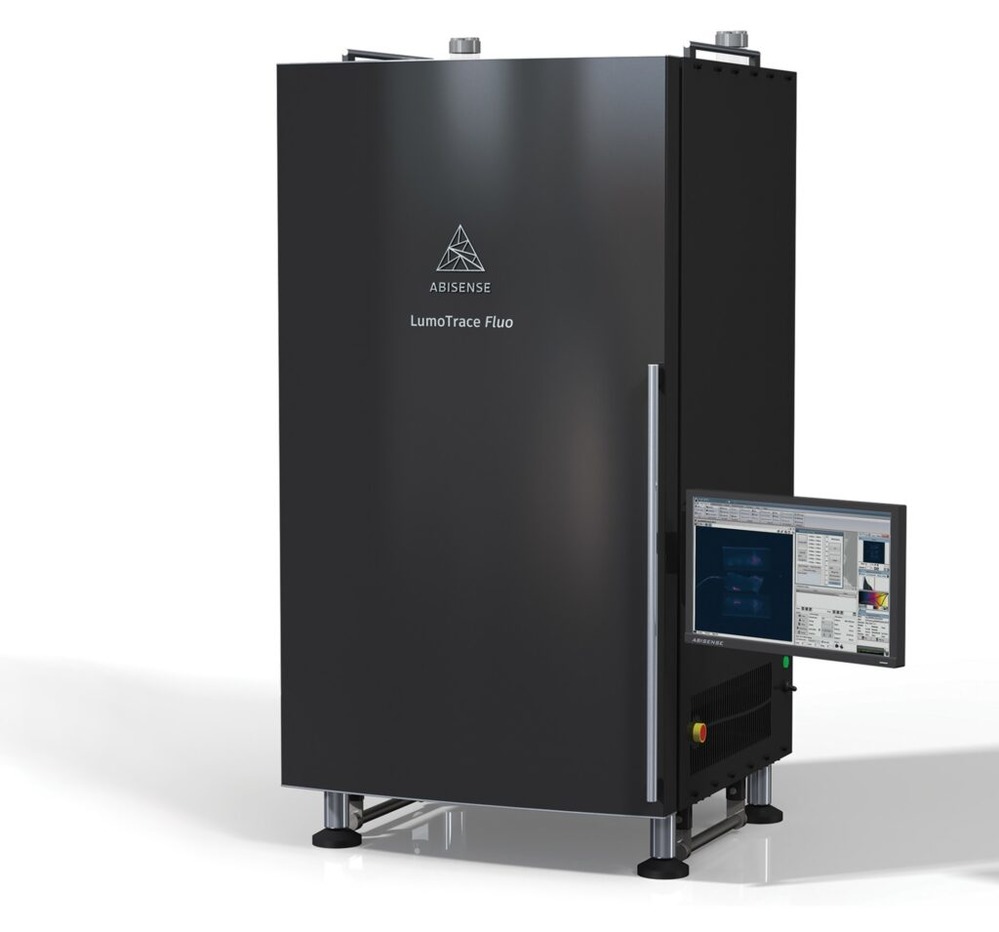Catalog
Search
34 products
View:
- Selected: 0Areas of use
- Selected: 1Item names
- Selected: 0Manufacturer
- Selected: 0Made in
- Selected: 0Additional
View:
34 products
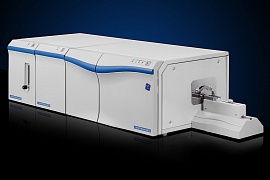
Sulfur and Nitrogen Analyzer SPECTROSCAN META
The analyzer allows you to determine the content of sulfur and nitrogen in oil and petroleum products (diesel fuel, gasoline, kerosene, gas oil and any distillate petroleum products), hydrocarbon gas, liquefied petroleum gas (LPG), natural gas, liquefied natural gas (LNG), chemical synthesis products, biological materials by ultraviolet fluorescence and chemiluminescence.
The analyzer is a proprietary development of NPO "SPEKTRON". The device is manufactured in St. Petersburg mainly from domestic components. There is a conclusion of the Ministry of Industry and Trade on the production of products in the territory of the Russian Federation.
The analyzer is designed to determine:
- mass fraction of sulfur in accordance with GOST ISO 20846-2016, GOST 34712-2021, GOST R 56866-2016, GOST 34237-2017, ASTM D5453-19, ASTM D6667-21, ASTM D7551-15, ISO 20729-17 ;
- the mass fraction of nitrogen in accordance with ASTM D4629-17.
A wide range of concentrations: from ultra-low to high.
Modular principle: Each detector is a separate module. The device is equipped individually for each specific task.
The possibility of simultaneous determination of sulfur and nitrogen in the analysis process.
The principle of operation of the analyzer is to burn the test sample in an oxygen-enriched atmosphere or air at a temperature of 1050 ° C. The sulfur dioxide (SO2) and nitrogen oxide (NO) formed during combustion are transferred by carrier gas to the detection units with preliminary removal of water vapor, on the desiccant, and soot, on the filter.
Determination of sulfur is carried out by ultraviolet fluorescence.
Determination of nitrogen by chemiluminescence.
NPO Spektron
Saint Petersburg
Produced in: Saint Petersburg
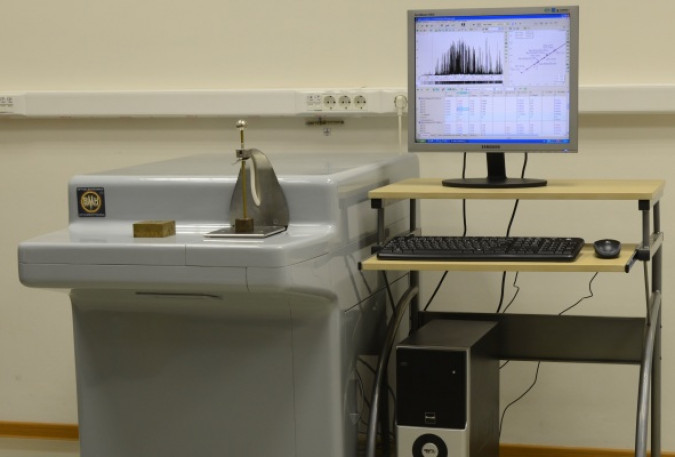
Grand Expert Vacuum Spectrometer
Vacuum spectrometers are designed for rapid analysis of alloys based on iron, copper, aluminum and other metals in factory and research laboratories, including the determination of elements having analytical lines in the field of vacuum ultraviolet (VUV) (for example, S, P and C in steels).
VMK OPTOELEKTRONIKA
Novosibirsk
Produced in: Novosibirsk
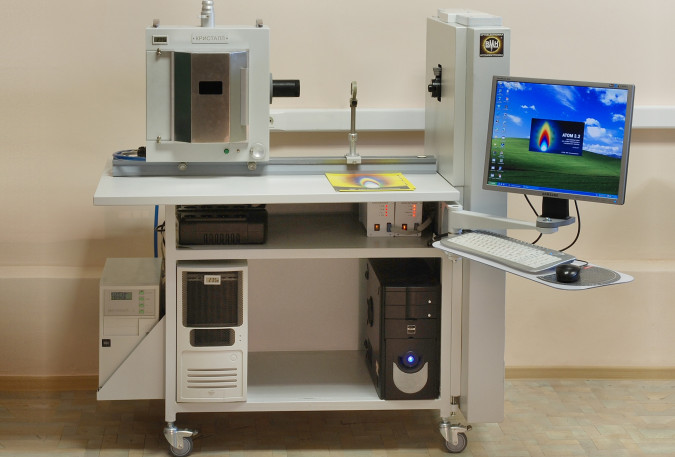
Universal spectrometer "Express"
The spectrometer is designed to perform quantitative and qualitative spectral analysis of various substances and materials (powders, metals, solutions) in factory and research laboratories.
The spectrometer is compact due to the vertical arrangement of the Paschen-Runge optical system. It consists of two MAES analyzers with 10 lines of photodiodes installed on a circle with a radius of 520 mm, a non-classical concave diffraction grating, a special table with a built-in computer and a spectrum excitation source.
VMK OPTOELEKTRONIKA
Novosibirsk
Produced in: Novosibirsk
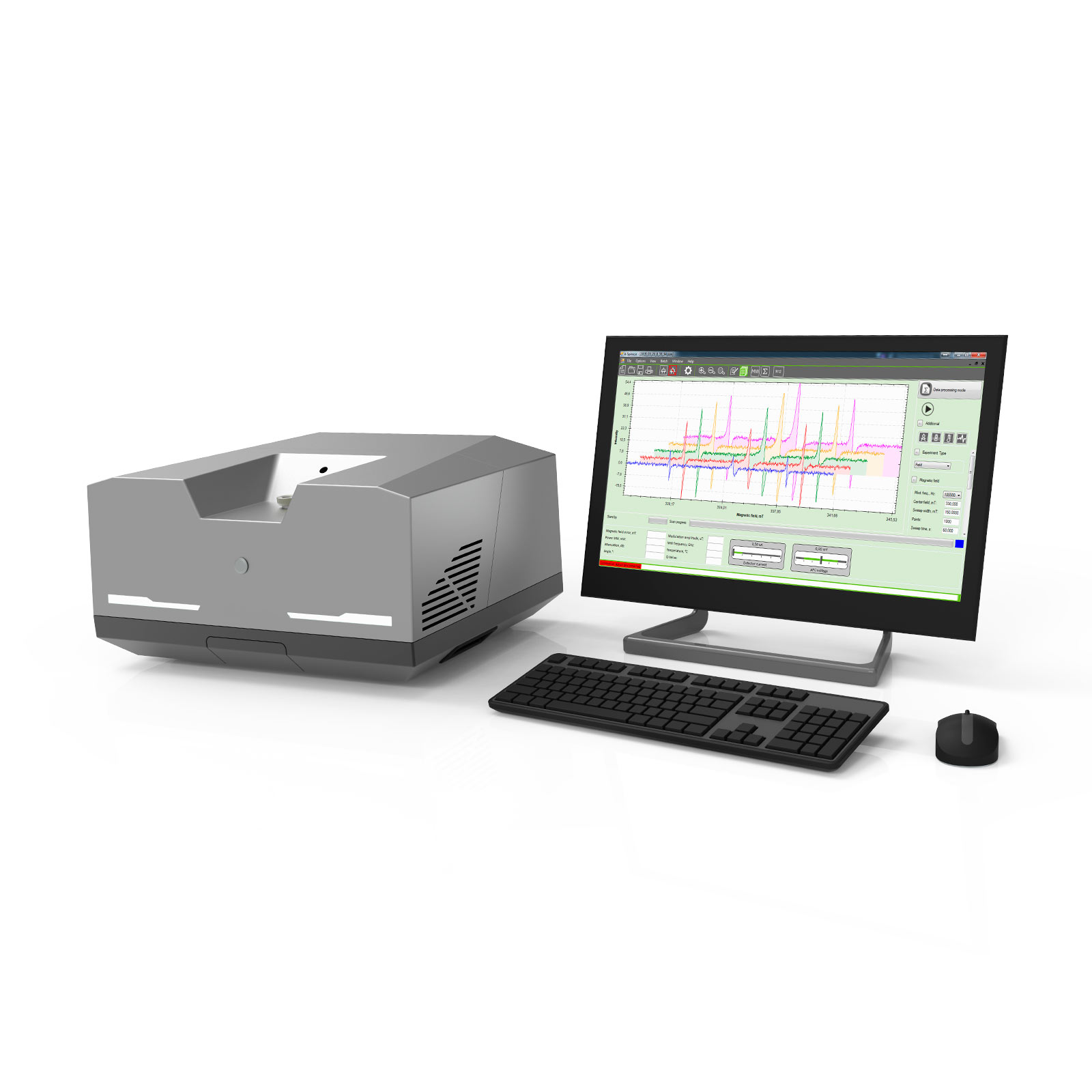
EPR spectrometer CMS8400 NEO
The CMS8400 NEO is a compact electron paramagnetic resonance spectrometer designed for routine research in physics, chemistry, biology and related scientific fields for direct detection of free radicals and paramagnetic materials. The CMS8400 NEO can be used in both laboratory and industrial settings in the mode of on-line measurements, embedded in technological processes, thus providing control of parameters and reactions in the production process.
Additional accessories and adapted software can make the spectrometer an analytical tool and allow to implement new complex applications in medicine, petrochemistry, brewing, sanitary and hygienic control, as well as in other industries.
ADVIN Smart Faktory
Minsk
Produced in: Belarus
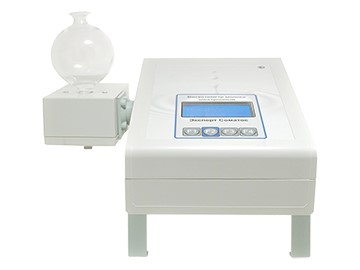
Electronic milk viscometer "Expert Somatos - 01"
from
69 000 ₽
1 supp.
Electronic milk viscometer (analyzer of the number of somatic cells in milk) Expert Somatos is a novelty of 2020! Modern, designed taking into account all the wishes of our customers over the past 12 years! The most accurate and most reliable! It fully complies with GOST 23453-2014 (Raw milk. Methods for the determination of somatic cells. Section 6: Method for determining the number of somatic cells using a viscometer) as amended on 01.01.2016, including the length and diameter of the capillary!
The analyzer is included in the state register of the Russian Federation as a measuring instrument!
Exclusive benefits:
• version with one or two flasks, which allows up to 60 measurements per hour
• optionally equipped with an integrated or external printer
• thanks to the new verification method developed from scratch, it can be trusted in any standardization and metrology center
As a rule, it is used:
• Dairy farms — for the timely prevention and treatment of mastitis in cows, which ensures stable supplies of high-grade milk (accordingly increases the cost of products).
• Veterinary laboratories, SBBS, points for receiving farm milk from the population to determine the grade and calculate the cost of raw milk.
• In the laboratories of milk processing enterprises to control incoming raw milk.
LABORATORIKA
Krasnoobsk
Produced in: Novosibirsk region

MARK-5010 Hydrogen Purity Analyzer
High-precision measurements of hydrogen concentration in the range of 95-100%
Monitoring of the operation of electrolyzers, control of hydrogen purity in the processes of hydrogen cooling of generators, in the technological processes of chemical, petrochemical, metallurgical and other industries
24 months warranty for deliveries across the Russian Federation A new patented measurement method
The device does not require calibration
Selectivity of measurement
Direct method of measuring molecular hydrogen
Insensitivity to humidity, carbon dioxide, oil vapor
Measurement time
3-5 min
Simple, intuitive interface
Minimum maintenance
Self-diagnosis
Routine maintenance no more than 1 time per year
Long-lasting, highly stable sensor
The service life of the sensor is at least 10 years
Color touch screen
VZOR
Nizhny Novgorod
Produced in: Nizhny Novgorod, Moscow
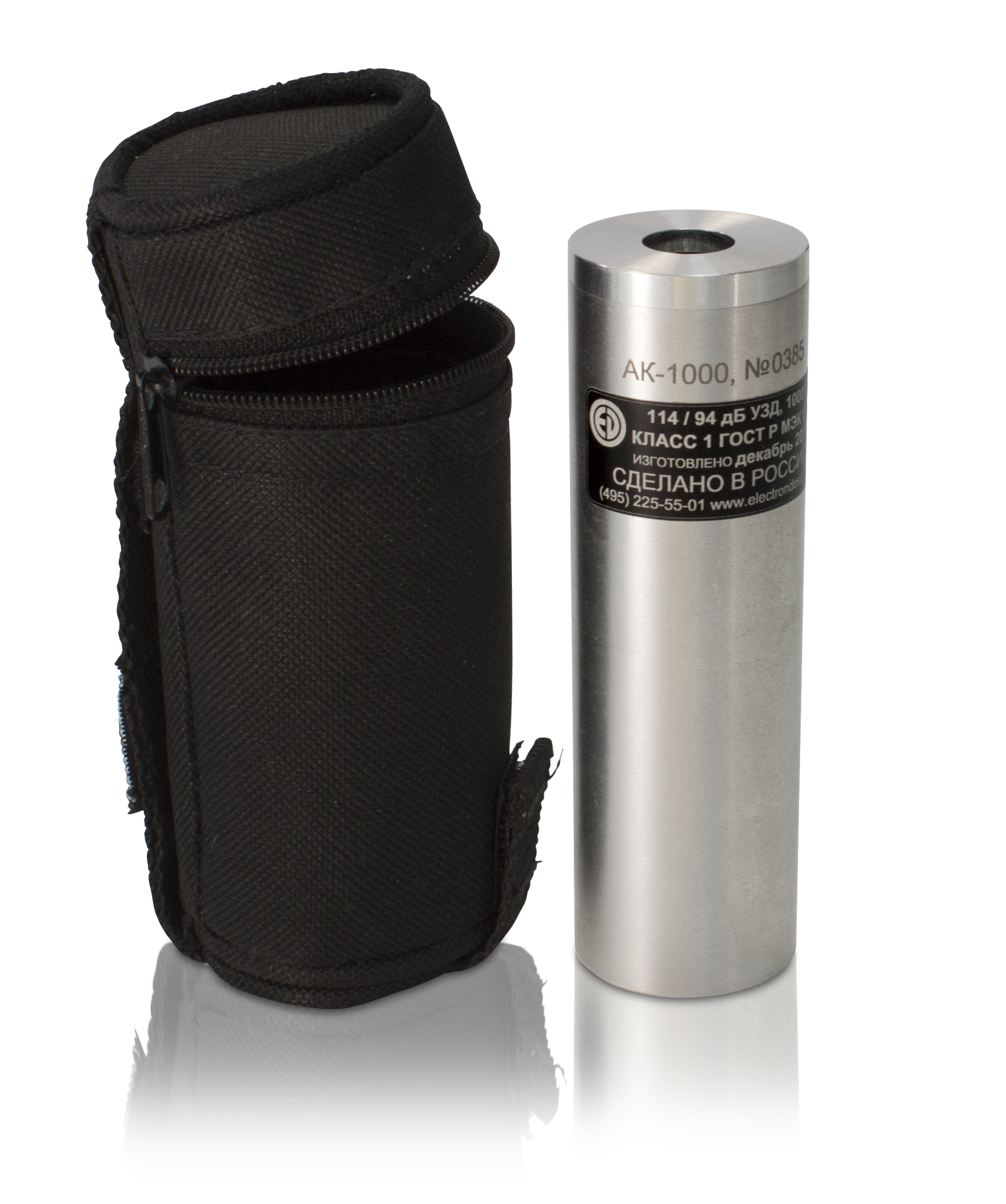
AK-1000 Acoustic calibrator
characteristics
The AK-1000 is recommended for use with OCTAVE-101A, OCTAVE-101AM, OCTAVE-110A, OCTAVE-110A-ECO, OCTAVE-121, OCTAPHONE-110, OCTAVE-201, ECOPHYSICS-110A sound meters. The AK-1000 can be used for calibration of acoustic measuring paths with VMK-205, MK-265, MR-201, M-201, MK-233 microphones, and other ½-inch microphones.
technical specifications
Reproducible ultrasound, dB (rel. 20 µPa): 94 and 114
The limits of the permissible basic error of the reproducible ultrasound, dB: ± 0.25
Limits of the permissible additional error of the ultrasound caused by a change
in ambient temperature in the operating temperature range, dB: ± 0.08
Frequency of the reproduced sound pressure, Hz: 1000
Limits of the permissible basic relative error of reproduction of the sound
pressure frequency, %: ± 0.7
Limits of the permissible additional relative error of the sound pressure frequency caused by a change in ambient temperature in the operating temperature range, %: ± 0.07
Coefficient of nonlinear distortion, %, not more than: 2.5
Weight (with batteries), kg, no more than: 0.250
Overall dimensions (length×diameter), mm, no more: 158×35
Operating conditions:
- ambient temperature, ° C: from minus 10 to 50
- relative humidity (at 40 ° C), %, not more than: 90
- atmospheric pressure, kPa: from 65 to 108
PKF TSIFROVYE PRIBORY
Moscow
Produced in: Moscow
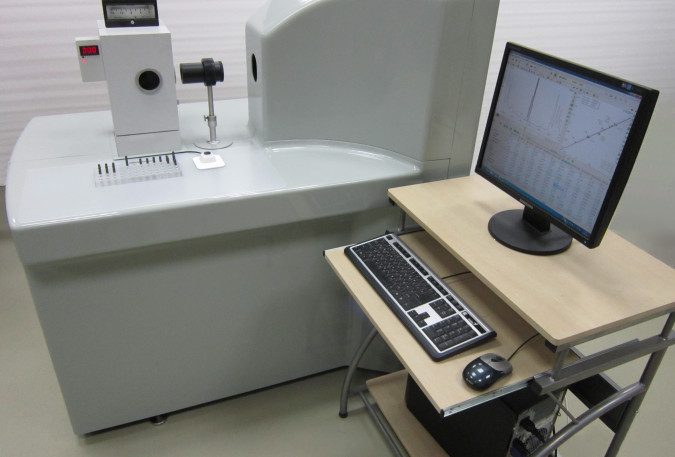
Diesel engine oil spectrometric analysis system "EXPRESS-OIL"
Diesel engine oil spectrometric analysis system "EXPRESS-OIL" is designed to analyze engine oils according to GOST 20759 and determine the concentration of wear elements of rubbing diesel parts, contaminants and additives in diesel engine oils during scheduled maintenance and repair of traction rolling stock in locomotive repair depots, as well as electronic accounting and analysis of dynamics data the content of wear elements in engine oils for each locomotive, as well as the determination of the composition of metals and alloys according to GOST, greases (according to CTCH-28/4, CTCHS-53) and other materials.
VMK OPTOELEKTRONIKA
Novosibirsk
Produced in: Novosibirsk
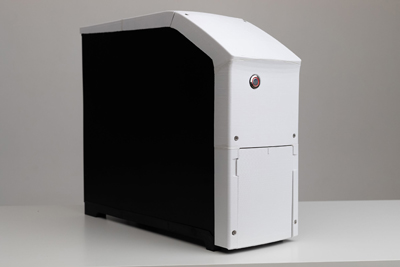
Quattroplex Lab multiplex analyzer, 1 х 96-well plate, with peripheral devices
1 supp.
QuattroPlex is the first Russian open multiplex platform for quantitative and qualitative analysis of biomarkers using immunofluorescence analysis on fluorescent beads. The detection technology copies xMap technology, which allows the analysis of several dozen analytes in a minimum volume. The device allows you to analyze a wide range of markers and is designed to work with 96-well plates.
Advantages of QuattroPlex Lab:
Technical characteristics of QuattroPlex Lab:
Delivery set:
Advantages of QuattroPlex Lab:
- Multiplexity - diagnostics of up to 50 markers in one sample in one analysis;
- analysis of a wide range of markers (rheumatology, autoimmune diseases, HLA, cytokines, infections);
- open system - use of any test systems based on magnetic beads;
- high sensitivity - the ability to conduct qualitative and quantitative analysis;
- design that requires minimal space on the desktop;
- possibility of using a 96-well plate for protocol scaling.
Technical characteristics of QuattroPlex Lab:
- Detected bead size, microns - from 0.5 to 100;
- 3 fluorescence detection channels;
- fluorescence excitation wavelengths, nm - from 380 to 850;
- fluorescence detection wavelengths, nm - from 450 to 950;
- detector - CMOS matrix;
- sample volume, µl - from 100;
- number of samples studied - 96 (96-well plate);
- the ability to load several 96-well plates in one experiment;
- time to analyze one sample, sec - 40;
- Software for managing and analyzing results - QuattroPlex software for processing and analyzing results, compatible with Win/Linux;
- interfaces for connecting to a laptop/PC - Internet/Wi-Fi;
- dimensions W×D×H, cm - 20×30×60.
Delivery set:
- QuattroPlex multiplex biomarker analysis system;
- starter kit of consumables;
- computer, keyboard, mouse and monitor.
Aivok
Zelenograd
Produced in: Zelenograd
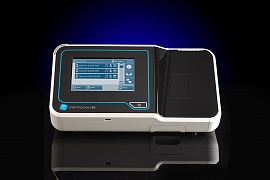
Sulfur Analyzer SPECTROSCAN SE
The analyzer is designed to determine the mass fraction of sulfur from 3 million-1 (ppm) in oil and petroleum products in accordance with GOST R 51947-2002, GOST 32139-2019, GOST R EN ISO 20847-2010 / GOST ISO 20847-2014, ASTM D4294, GB/T 17040-2019.
Implements an arbitration method for measuring the mass fraction of sulfur for oil, automotive fuels of class K2, K3, jet engine fuel, aviation gasoline, fuel oil and marine fuel, and is also used for operational control of sulfur content in automotive fuels of Class 4 and 5, gas oils, bitumen, lubricating oils and their components and other petroleum products.
The analyzer greatly simplifies the routine analysis procedure. Intuitive interface provides convenience and ease of use.
The analyzer is a proprietary development of NPO "SPEKTRON". The device is manufactured in St. Petersburg mainly from domestic components.
Minimum operator actions:
- calibration is selected and the name of the sample is entered;
- two cuvettes are filled with a sample;
- the obtained samples are placed in the analyzer and measurements are started;
- all subsequent actions are performed automatically:
- the average value of the mass fraction of sulfur is calculated and displayed;
- repeatability is calculated;
- the results are checked for compliance with the selected standard;
- measurement results are printed on the built-in printer and saved.
NPO Spektron
Saint Petersburg
Produced in: Saint Petersburg
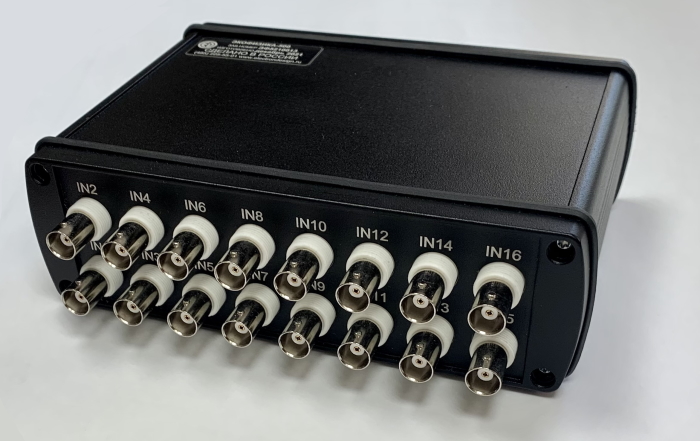
Multichannel digital measuring converter - recorder Ecofizika-500
Ecofizika-500 is a multifunctional modern platform for building complex measuring systems.
The developed software makes it possible to fully use the powerful hardware potential of the system in tasks requiring the use of complex computational algorithms.
Ecofizika-500 is not just another multi-channel frontend designed to transfer unprocessed data to a computer; it is an independent measuring device capable of calculating a huge number of quantities in real time, storing them in its own memory and (or) issuing them to a telemetry channel.
The device can be used, including in offline mode, as a data logger, which is very important when testing complex equipment that limits the presence of the operator.
Ecofizika-500 has an approved type of measuring instrument and methodological support for measuring acoustic and vibrational quantities.
Ekofizika
Moscow
Produced in: Moscow
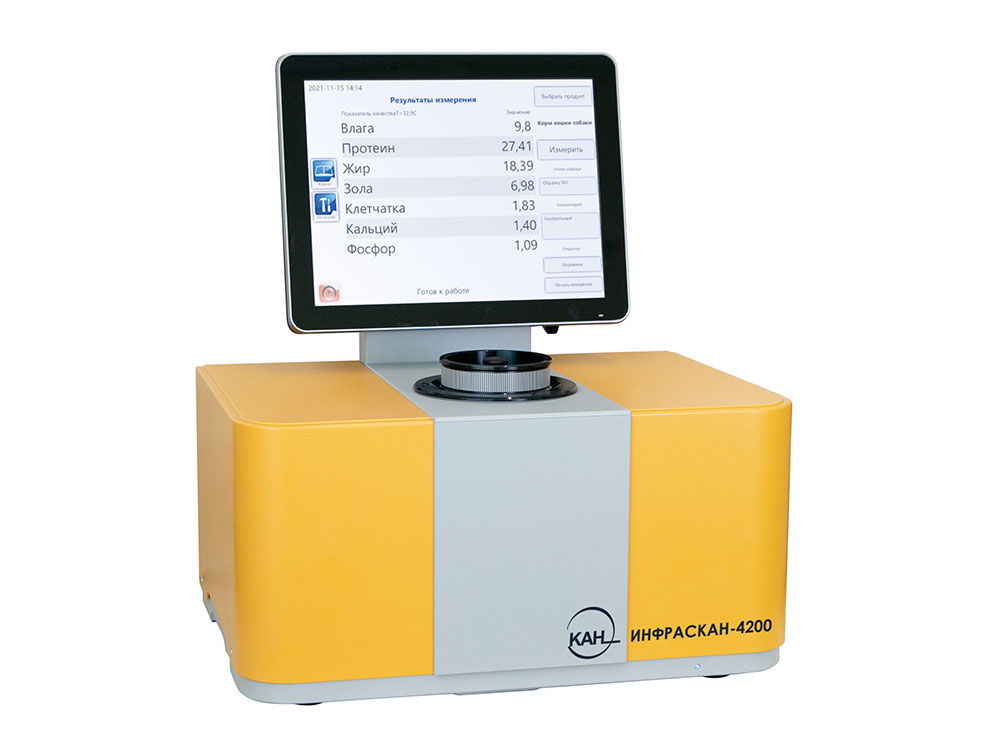
Infrared analyzer INFRASKAN 4200
1 supp.
The INFRASKAN 4200 analyzer has been tested at the D.I. Mendeleev VNIIM, entered into the unified State Register of measuring instruments under No. 83050-21. All manufactured devices undergo primary verification and have the appropriate certificate.
Analyzes a wide range of quality indicators (protein, moisture, quantity and quality of gluten (IDC), fat/oil content, water absorption capacity, acid number, peroxide number, m.d. phosphorizing substances, etc.)
Is calibrated to assess moisture and protein in whole grains (wheat, barley).
The cuvette compartment for the analysis of bulk, liquid and pasty products allows to analyse liquid vegetable oils without the use of additional devices.
The built-in whiteness module allows to determine the whiteness of the product simultaneously with other quality indicators (moisture, protein, amount of gluten). A wide spectral range (400-2500nm) provides measurement of the zonal reflection coefficient to determine the whiteness of flour in accordance with the GOST 26361-2013 methodology.
It is possible to calculate the amino acid composition of feed components.
To organize the work of analyzers in the ECANET network, the INFRASCAN-4200 analyzer can be used as a server for storing and transmitting data.
The remote access mode allows to remotely update existing calibrations, install additional calibration models and develop new calibration models for new products, as well as make adjustments to technical settings if necessary.
GK EKAN
Saint Petersburg
Produced in: Saint Petersburg
